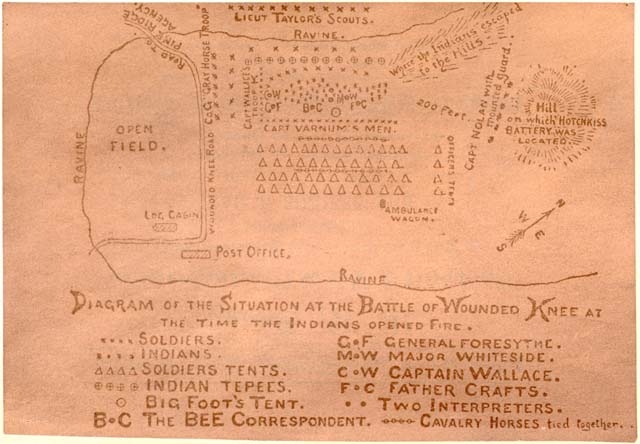
| WOUNDED KNEE December 29, 1890 Pine Ridge Reservation, Dakota Territory |
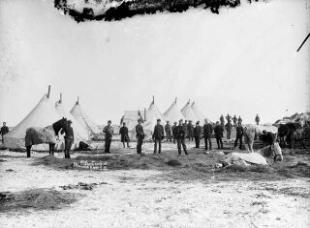
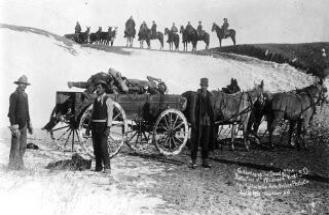
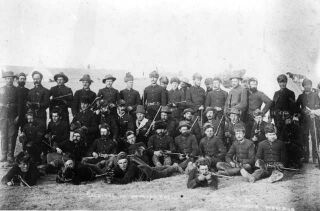
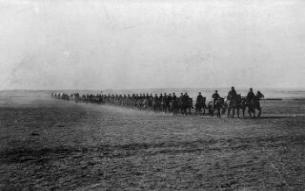
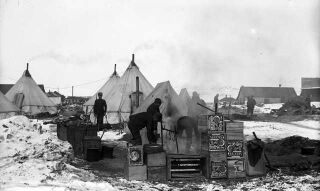
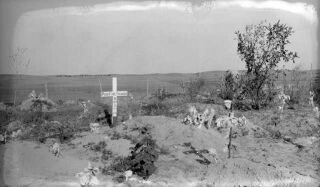
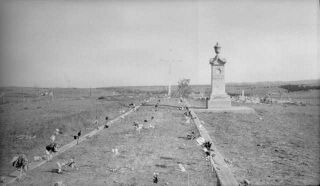
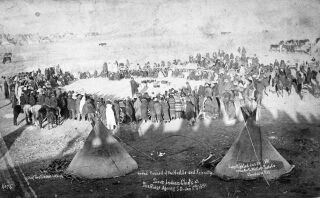
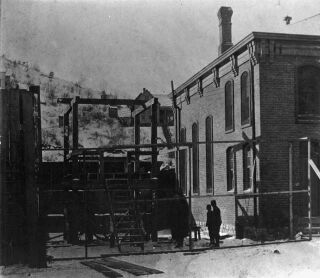
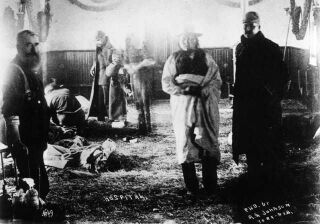
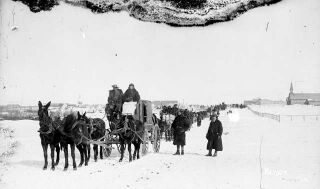
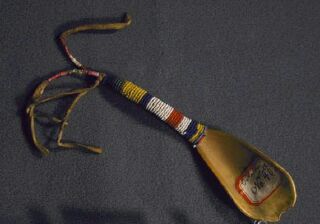
| Council circle of Lakota Sioux. |
| 1st Infantry setting up the "kitchen" on arrival at Pine Ridge Reservation. |
| Combatants: Sioux Nation and United States Strength: Sioux: 120 men 230 women & children U.S.: 500 men Casualties: Sioux: 150 killed; 50 wounded U.S.: 25 killed; 39 wounded |
| Inscription of Wounded Knee Monument at Fort Riley: "To the soldiers who were killed in battle with the Sioux Indians at Wounded Knee, South Dakota, December 29, 1890. Erected as a tribute of affection by their comrades of the 7th Cavalry, U. S. Army, 1893." ~~~~~~~~~ |
| Monument at the site of the mass grave of Sioux Native Americans at Wounded Knee: "Big Foot was a great chief of the Sioux Indians. He often said 'I will stand in peace till my last day comes.' He did many good and brave deeds for the white man and the red man. Many innocent women and children, who knew no wrong, died here." |
| Map below created by U.S. military depicting location of U.S. troops and Native American Lakota Sioux at the beginning of the Wounded Knee fight. The soldiers said that the Sioux opened fire, however, reports of other survivors, both Native Americans, some reporters and a priest who witnessed the events, maintained that the opening shot was fired accidentally, as soldiers tried to take a weapon from a deaf Lakota Sioux man. |
| Civilian burial party stands by wagon filled with the frozen bodies of the Lakota Sioux killed at Wounded Knee |
| 7th Cavalry, Pine Ridge Reservation, 1891; whether this photo was taken before or after is not known |
| Interior of Holy Cross Episcopal Church at Pine Ridge, converted to hospital for Wounded Knee casualties. Notice the Christmas garland decorations still up. |
| Black & white soldiers of the 9th Cavalry Buffalo Soldiers, during Pine Ridge confrontation. |
| Graves of soldiers killed at Wounded Knee; they were later removed and buried on military base. |
| Mass grave of Sioux victims of Wounded Knee. |
| U.S. Army, 1st Infantry, forms a line at Pine Ridge as they prepare to leave two months after the fight at Wounded Knee. |
| U.S. Cavalry returning to Fort Yates, North Dakota, after Wounded Knee. |
| This spoon was found at Wounded Knee; it's made from a cow horn. |
| Scaffold used for hanging Sioux captives from Wounded Knee; Deadwood, South Dakota. |
| There are many excellent sites concerning the events at Wounded Knee, but one of the best I've seen is the presentation at the Museum of Wounded Knee website. It's not only informative, but is extremely well done. Click on the icon below to go there, and on 'Exhibits' and 'More Exhibits' on the menu page. |
